



























He find your cracks, your doubts, and twist them into control.
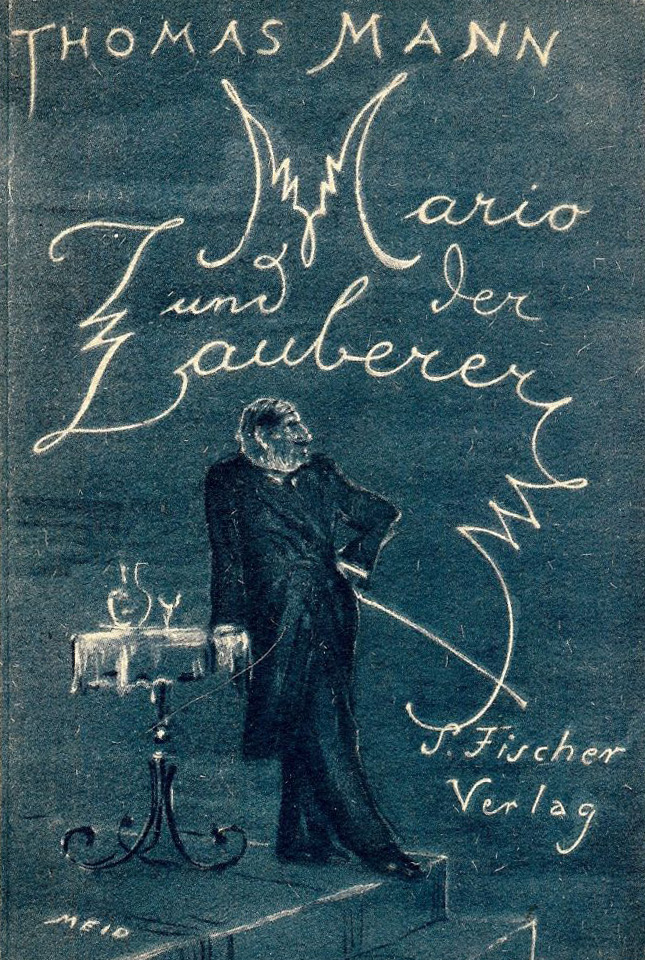
»[...] these people were just going through something, a condition, something like an illness, not very pleasant, but probably necessary.«
A fictional seaside town on the Italian coast becomes the stage for a unsettling drama. A family on holiday finds themselves drawn into the performances of Cipolla, a magician whose control over his audience grows darker with each magic trick.
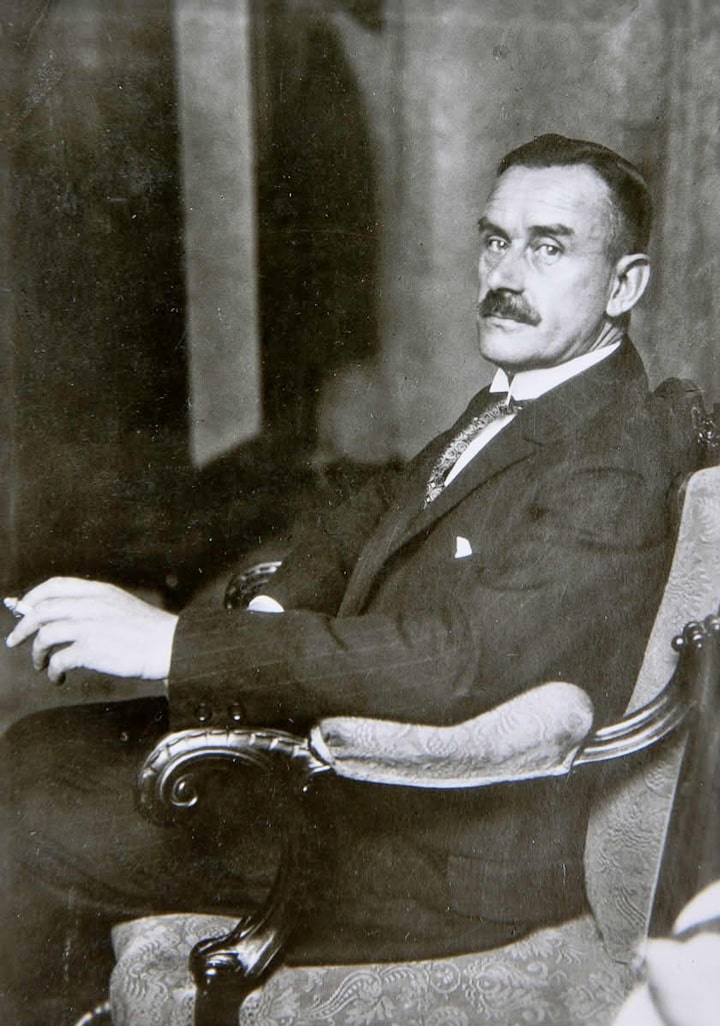
Thomas Mann was born in Lübeck, Germany in 1875 into a wealthy family of traders. His father passed away when Thomas was 16 years old and the family business suffered under the loss. This situation ended up being a key theme in his first major novel Buddenbrooks (1901), which tells the story of a family slowly losing its standing over several generations.
Coming from a privileged background, Mann studied literature and philosophy in Munich and Berlin, but never actually finished a degree. Instead, he had the opportunity to focus on writing, publishing essays, reviews, and short stories in newspapers and magazines. Early on, he started working as a freelance writer and critic, slowly building his reputation.
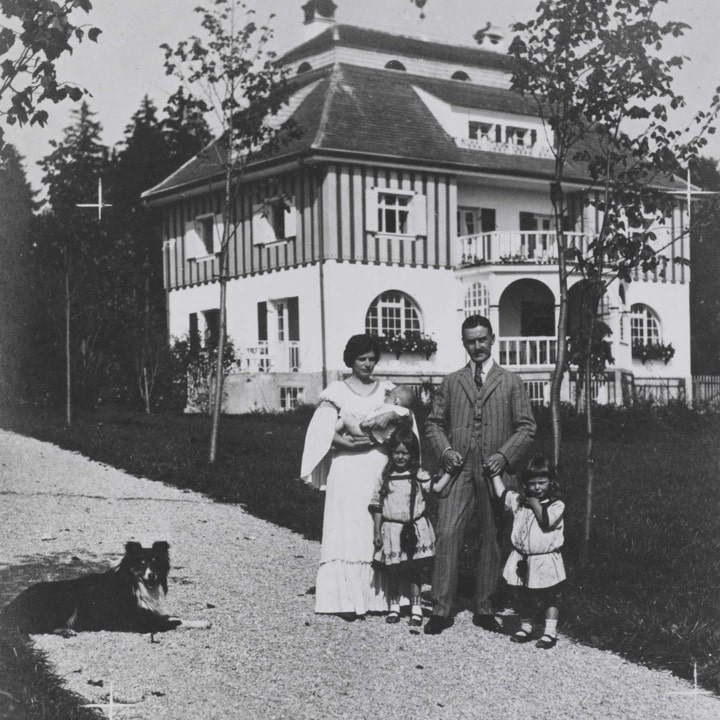
His breakthrough with Buddenbrooks instantly earned him a lot of praise and basically made him the voice of the educated middle class. Over the years, he wrote other famous works like Death in Venice (1912) and The Magic Mountain (1924). And since 1929 he's part of the Literature Nobel Prize club. Same year Mann published Mario and the Magician, which takes place in Italy, where he often spend his family holidays.
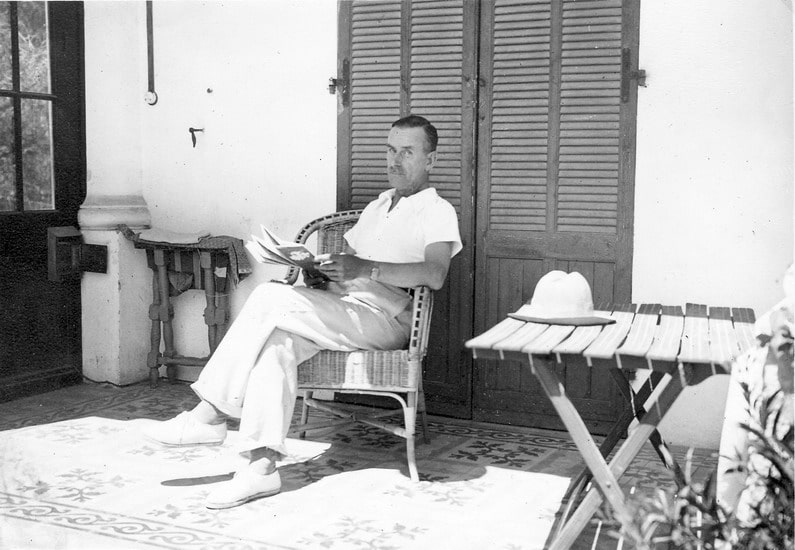
When the Nazis came to power in 1933, Mann made the tough decision to go into exile, initially in Switzerland, and then the USA. From afar, he had to watch his home country transform into a dictatorship. He spoke out fiercely against fascism, maded appearances in radio and television and spoke to the international community.
Even after returning to Europe in the 50s and visiting Germany on occasion, he remained till his death in Switzerland until his death.
I read Mario and the Magician on a train ride, and it turned out to be the perfect kind of in-between read.
Thomas Mann manages to create an atmosphere that feels subtly off, without ever naming exactly what’s wrong. The fascism rising in Italy at the time is only hinted at. There’s no speech about politics, no clear statement. But the tension is there from the very beginning: in the mention of the magician Cipolla, and in the way he slowly takes control – of the stage, the crowd and the entire mood.
Mann distanced himself from the idea that Cipolla was meant to represent Mussolini. He didn’t reject the reading entirely, but he didn’t seem to like how it turned the story into a political statement. Especially since, elsewhere, Mann made his positions very clear.
Here, he seemed more interested in the psychology of power than in naming a specific figure. That said, the Mussolini interpretation isn’t far-fetched – and he eventually admitted as much. The psychological and the political are tightly woven and one doesn't cancel out the other. Also art can take on a life of its own.
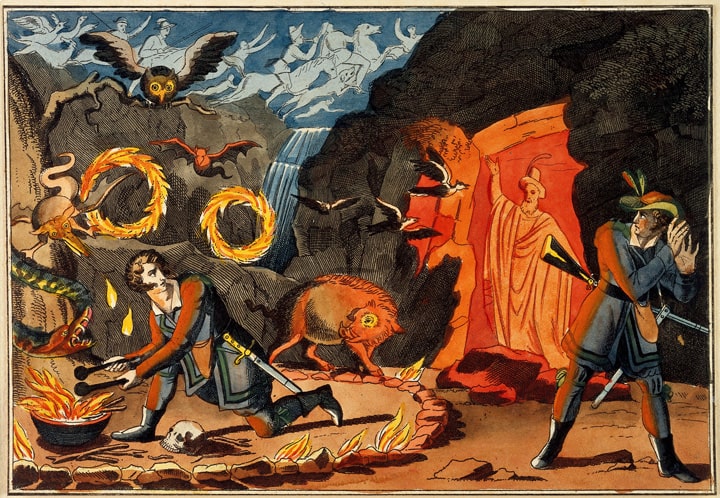
»Freedom exists, and also the will exists; but the freedom of the will does not exist, for a will that aims at its own freedom aims at the unknown.«
What stuck with me was how suddenly the story ends and how the ending is triggered. It’s a symbol Mann returns to in several of his works, and knowing his background, it feels intentional. A moment of force, just before violence takes over.
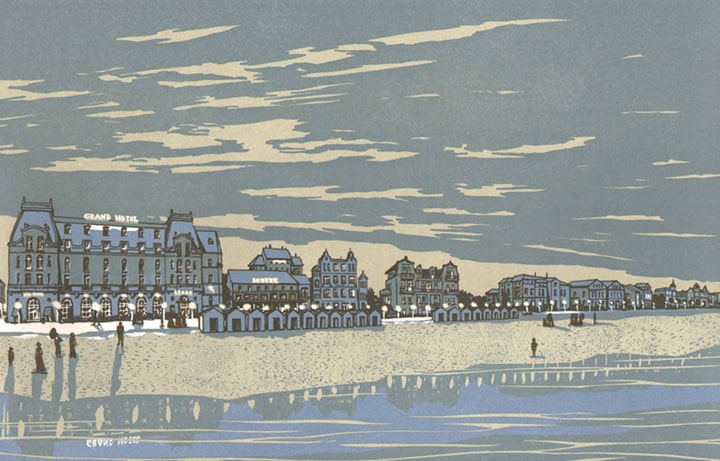
What really worked for me, too, was the setting. Mann writes from the perspective of a tourist, and you can tell he knows what he’s talking about. He got around and spent a lot of time in Italy. Also Death in Venice has traces of it – the heat, the unease, that strange mix of holiday and quiet dread. Everyone’s been in a situation like that, in some form. A show that goes on too long. A group of people reacting to a authority in a way that feels off.
After reading it, I looked up the location it's based on: Forte dei Marmi, where Thomas Mann and his family used to spend holidays. It’s on the Ligurian Sea, though the book places the fictional town by the Tyrrhenian.
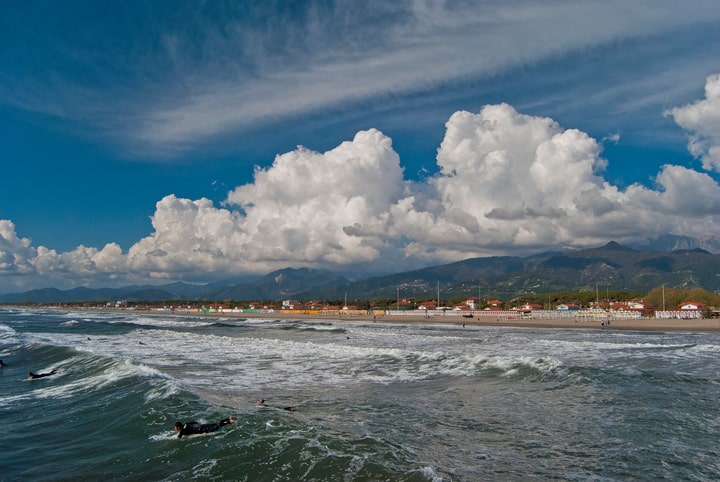
I’d recommend Mario and the Magician, if you’ve been meaning to get into Thomas Mann but are intimidated by the length of The Magic Mountain or Buddenbrooks. Despite being one of his later works, it’s probably more accessible and gives you a good sense of his writing.
I’m not sure it would be my first pick if you’re just getting back into reading. It’s short, yes, but there are other quick reads I’d suggest first – like The Jew's Beech, which I recently finished and enjoyed more.